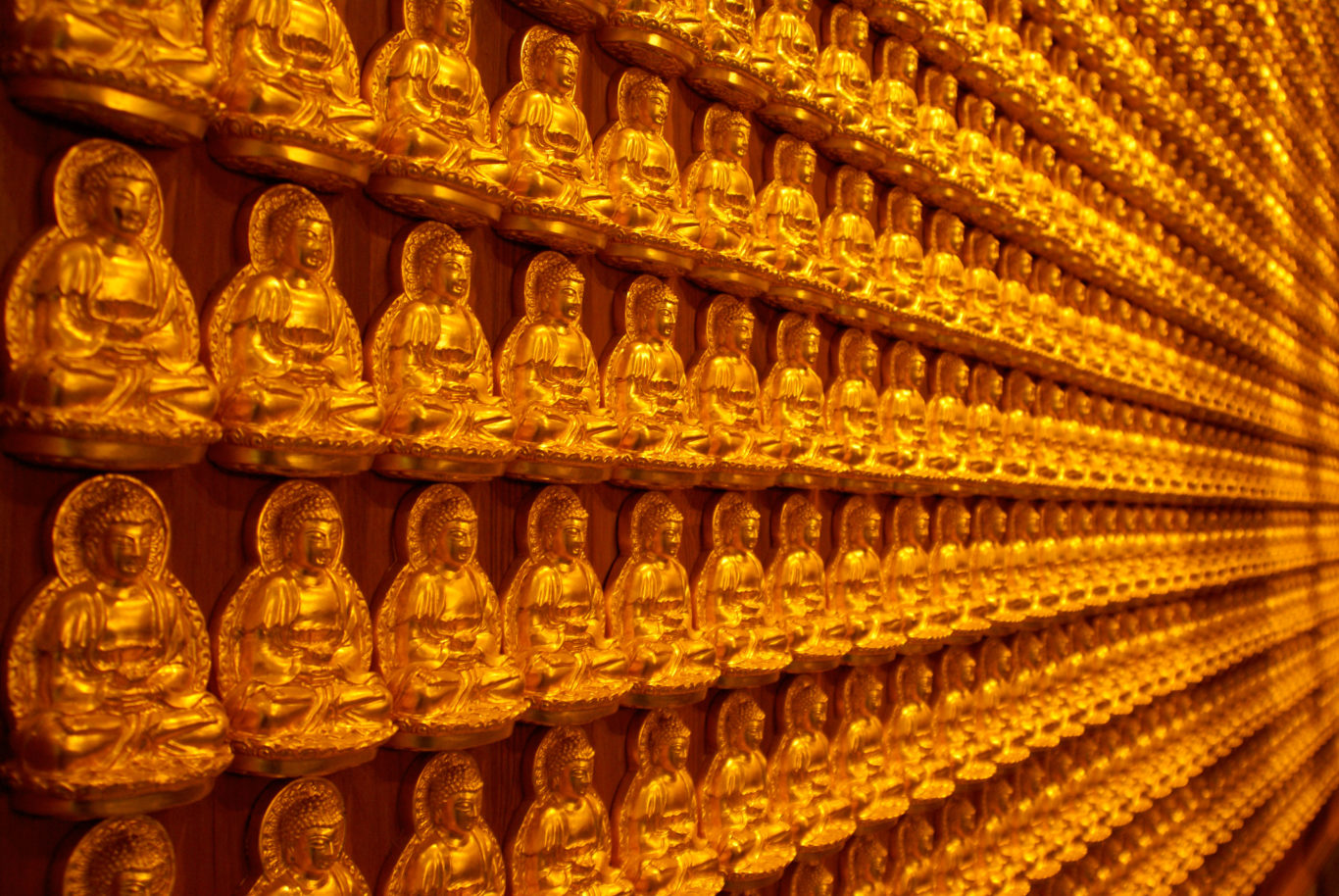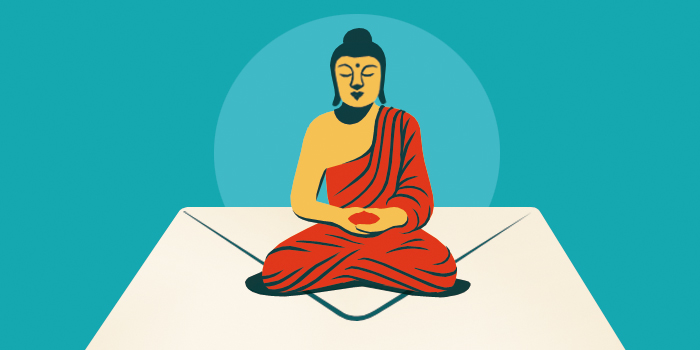The Many Buddhist Traditions

Buddhas grace the wall of Borum Racha temple in Bangkok, Thailand. | blickwinkel / Alamy Stock Photo
Buddhism began in the first millennium BCE, in what is now Northern India, when the enlightened Buddha gave his first sermon in Deer Park. From there, the Buddha’s teachings gradually began to spread through his disciples across Asia. As Buddhism spread around the globe, the dharma evolved, taking on different expressions to fit the desires, concerns, and sociocultural contexts of the various cultures it was adopted within.
From medieval China to Civil Rights–era America, the teachings and practice of Buddhism have evolved over the centuries in a dynamic dance between tradition and adaptation. While the dharma is constantly changing, the Buddha’s core teachings have preserved their authenticity.
There are not only many different Buddhist lineages around the world today but also many different ways of walking the Buddhist path. While many people practice Buddhism as their religion—with a focus on faith, scripture study, and ritual—others consider Buddhism to be more of a philosophy or way of life.
The variety of Buddhist traditions across the globe is astonishing. In this deck, we’ll explore both the universal elements of Buddhism across traditions and its unique expressions across diverse cultures. Learn how Buddhism spread worldwide and what that means for those of us interested in it now.
Discover Deck 4:
How did Buddhism become a global religion? An overview. The Buddha’s teachings spread from what is now northwestern India, starting in the first millennium BCE.
Early Buddhist history: the councils When the Buddha died, one of his senior disciples convened a council of 500 monks to determine the way forward without their teacher.
Buddhism in Southeast Asia A look at the origins of how Buddhism became the most widely practiced religion in many Southeast Asian countries.
To China, Japan, Korea, and Vietnam: Buddhism in East Asia The Silk Road took Buddhist monks to China and beyond.
Tibet and the Himalayas Long after the Buddha’s death, his teachings made their way to Tibet and blended with the indigenous Bon religion to form what is now the Vajrayana (“diamond way”) tradition.
Buddhism comes to America From the Chinese immigrants of the gold rush to the transcendentalists to the Beat poets, here’s an overview of the birth of American Buddhism.
Are there different kinds of Buddhism? Many schools and sects across the globe base their practices on the Buddha’s teachings, but they are often grouped into two major traditions.
Is Buddhism a religion, a philosophy, or a way of life? The short answer: all of the above.
Is there a Buddhist Bible? Each Buddhist tradition has its own set of foundational texts.
Are there Buddhist saints? Yes. In Buddhism, saints are beings who become fully enlightened.
What is a Buddhist service like? Buddhist rituals vary widely, but they often include chanting and prayer.
Recommended Reading:
- Buddhist History for Buddhist Practitioners, by Rita M. Gross
- A Brief History of Buddhism, by Sherab Chodzin Kohn
- The Lost Art of Reading Scripture, by Karen Armstrong
- Milarepa: From Magician to Tibetan Saint, by Julia Lawless and Judith Allan
- Revisiting Ritual, by Anne C. Klein

Tricycle is more than a magazine
Gain access to the best in sprititual film, our growing collection of e-books, and monthly talks, plus our 25-year archive
Subscribe now